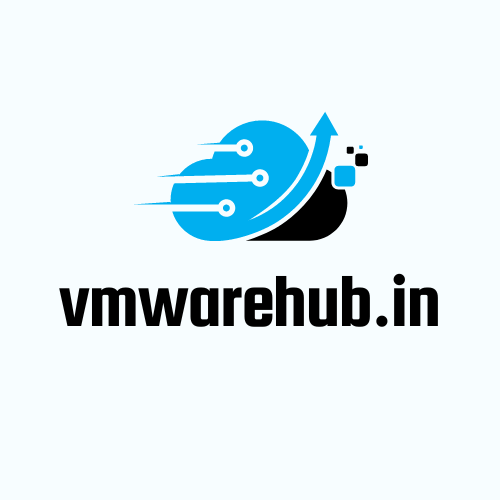Introduction to Site Recovery Manager: In today’s digital landscape, where downtime can result in significant financial losses and repetitional damage, organisations must have robust disaster recovery strategies in place. VMware’s Site Recovery Manager (SRM) 8.7 emerges as a powerful solution, empowering businesses to protect their critical workloads and applications with streamlined and automated disaster recovery processes. This blog will explore the key features and benefits of SRM 8.7, highlighting how it enables organisations to achieve resilient business continuity in the face of unexpected disruptions.

Efficient Disaster Recovery Orchestration: Site Recovery Manager 8.7 revolutionizes the way organizations approach disaster recovery orchestration by simplifying and automating the entire process. With SRM, administrators can define recovery plans that outline the sequence of steps required to recover applications and workloads in the event of a disaster. These recovery plans can be tested, modified, and executed with ease, ensuring the reliability and efficiency of the disaster recovery process.
Additionally, SRM integrates with VMware vSphere Replication, enabling organisations to replicate virtual machines (VMs) and their data to a secondary site or cloud environment. This replication is performed at the hypervisor level, allowing for granular control over recovery point objectives (RPOs) and minimising data loss in the event of a disaster.
Non-Disruptive Testing and Failover: One of the standout features of Site Recovery Manager 8.7 is its ability to facilitate non-disruptive testing and failover of disaster recovery plans. Organizations can confidently test their recovery plans without impacting production environments, ensuring the readiness and effectiveness of their disaster recovery strategies. This testing capability provides peace of mind and allows for fine-tuning of recovery plans, minimizing potential risks and vulnerabilities.
In the event of a disaster or a planned failover, SRM enables organisations to execute failover operations with minimal downtime. By leveraging automation and orchestration, SRM seamlessly moves workloads and applications from the primary site to the recovery site, minimising the impact on business operations. This rapid failover process ensures that critical services can be quickly restored, mitigating the potential for significant financial losses.
Centralized Management and Monitoring: Site Recovery Manager 8.7 offers centralized management and monitoring capabilities, providing administrators with a comprehensive view of their disaster recovery environment. The SRM interface allows for easy configuration, monitoring, and reporting of recovery plans, replication status, and overall health of the disaster recovery infrastructure.
Through integration with VMware vCenter Server, administrators can manage and monitor both their production and recovery environments from a single pane of glass. This centralized management streamlines administrative tasks, reduces complexity, and enhances the overall efficiency of disaster recovery operations.
Enhanced Automation and Compliance: Automation is a key aspect of Site Recovery Manager 8.7, enabling organizations to streamline their disaster recovery workflows and ensure consistent processes. SRM leverages the power of VMware vRealize Orchestrator to automate routine tasks, such as VM provisioning, IP address reconfiguration, and post-failover operations. This automation capability saves time, reduces the potential for errors, and increases the overall efficiency of the disaster recovery process.
Moreover, SRM facilitates compliance with regulatory requirements and industry standards. Organisations can establish recovery policies that align with their specific compliance needs, ensuring that critical data and applications are protected in accordance with legal and regulatory obligations. SRM provides auditing capabilities and generates comprehensive reports to facilitate compliance monitoring and reporting.
Conclusion: Site Recovery Manager 8.7 empowers organizations to build resilient business continuity plans by providing streamlined, automated, and efficient disaster recovery processes. With efficient orchestration, non-disruptive testing and failover, centralized management and monitoring, enhanced automation, and compliance capabilities, SRM ensures that businesses can rapidly recover from disruptions and maintain uninterrupted operations. By leveraging the power of VMware’s industry-leading technologies, organizations can achieve peace of mind knowing that their critical workloads and applications are protected, enabling them to focus on driving business growth and success.
For more blogs related to VMware products, please click on http://www.vmwarehub.in
